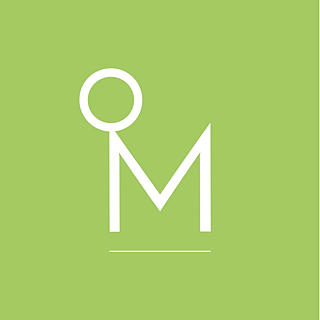Unlearning
- Rosie Lux
- May 26, 2021
- 2 min read
Updated: Oct 31, 2021
Since the beginning of the Industrial Revolution, the human body has been compared to a machine. By seeing the body as a machine we have come to expect it to function as such. But the human being is not a machine to be taken apart, have its parts replaced and then put back together.
A huge part of my role as a teacher, is to promote unlearning.
By approaching ourselves in a static and mechanistic way, we attempt to find harmony by pulling, straightening and aligning imbalances.
Each disturbance is viewed separate from and unrelated to other parts of our physical body. A knee problem is solved with surgery... A bunion on the foot is fixed by removing the bunion, fallen arches by wearing an arch support… and so on.
This stems from a reductionist philosophy that compartmentalises all aspects of the human being, breaking them down into smaller components which are examined and dissected. The human being is detached from its environment, objectified and separated from its field of influence. Although the Industrial Revolution is over, most forms of physical education and training promote this mechanistic perspective on the body.
We need to unlearn what we've been taught about the body. It's so much more perfect, beautiful and resilient than we realise. It's design is exquisite! There's nothing more exciting than revealing the triumph of the human body and spirit to people who have felt restricted by their body. Simply cutting, medicating or strapping up 'failing' parts of the body misses the beauty I'm talking about. Aside from a sudden accident, the body you have, the injuries, aches, quirks or little work arounds are a representation of your life. Everything you've been through physically and emotionally. And it's all good stuff. It documents where you've been, but it doesn't dictate where you're going. Your heart, mind and future actions choose the future.
You are a living, dynamic organism in motion, and I'm here to help you discover what you're capable of.





Comments